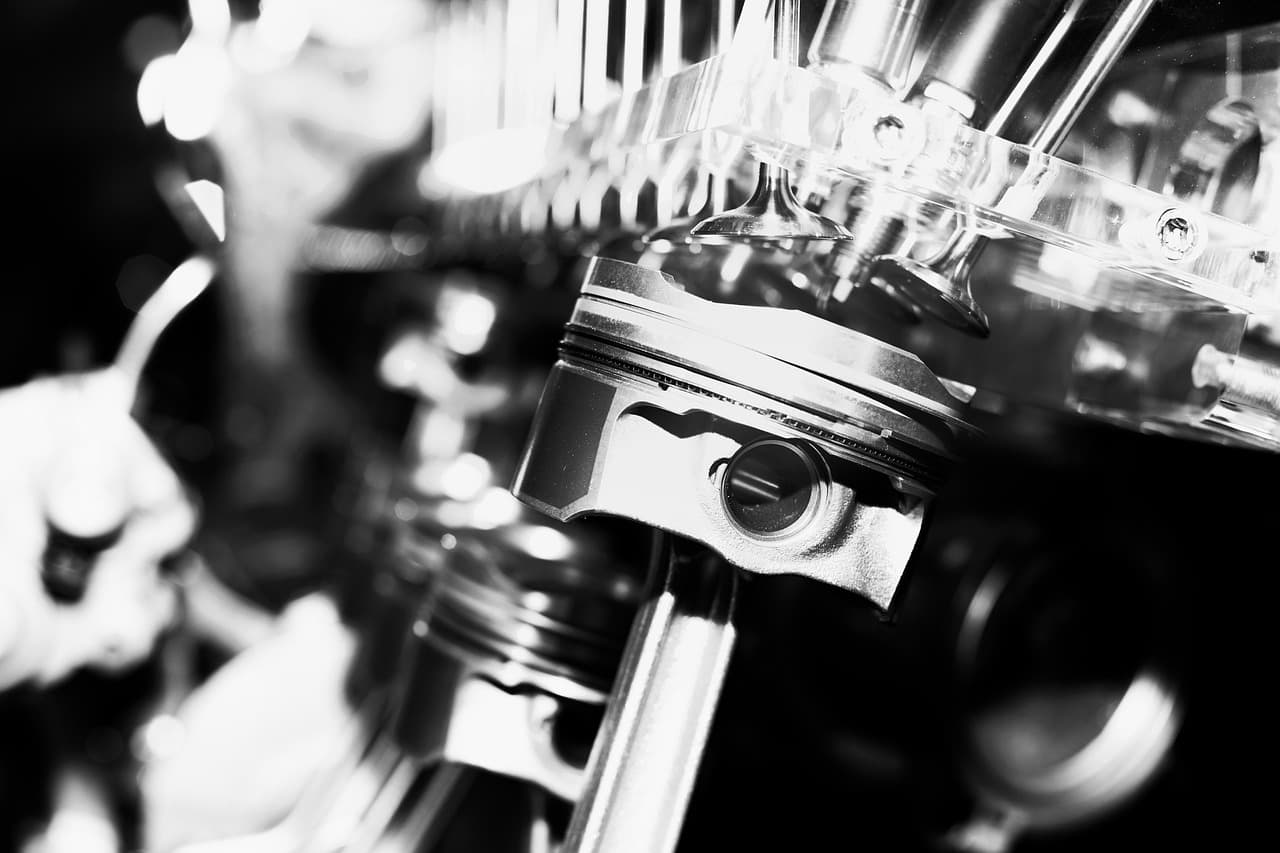Table of Contents
- Introduction
- How do forced induction 4-cylinder engines work?
- The benefits of Forced Induction 4-Cylinder Engines
- Drawbacks of forced induction 4-cylinder engines
- Difference between NA and Forced induction engines
- Summary
Home » The Truth About Forced Induction 4-Cylinder Engines: Are They Really Junk?
Introduction
There have been many discussions recently about forced induction 4-cylinder engines and whether or not they’re worth the investment. Some claim these engines are junk, while others swear by them as the ultimate solution for boosting horsepower and torque. So, what’s the truth? Are forced induction 4-cylinder engines junk, or are they a valuable addition to any vehicle?
How do forced induction 4-cylinder engines work?
To understand the pros and cons of forced induction 4-cylinder engines, it’s important first to understand how they work. Simply put, these engines use a type of forced induction (such as a turbocharger or supercharger) to compress the air entering the engine. This process increases the amount of air and fuel that can be burned in the engine’s cylinders, resulting in a significant boost in power output.
On the surface, it might seem like forced induction 4-cylinder engines are a no-brainer. Who wouldn’t want more horsepower and torque, right? However, there are some potential downsides to consider as well.
The benefits of Forced Induction 4-Cylinder Engines
Forced induction 4-cylinder engines have become increasingly popular in recent years thanks to their performance benefits and ability to conserve fuel. These powerful engines are becoming a staple in sports cars, luxury vehicles, and everyday commuters. But what exactly are the benefits of a forced induction 4-cylinder engine?
The most important benefit of these engines is increased power output. Forced induction can increase torque, which is especially helpful when accelerating from a stop or when climbing hills. Additionally, these engines are more efficient than naturally aspirated 6-cylinder or 8-cylinder engines due to their smaller size and lighter weight. They also tend to be quieter than larger displacement mills, making them ideal for those who want power without the noise.
The other major advantage of forced induction 4-cylinders is improved fuel economy. So while there might be some things people don’t like about them, there are some pretty good benefits for choosing them as your engine. I mean, who doesn’t like saving money on fuel…. but let’s get to the drawbacks.
Drawbacks of forced induction 4-cylinder engines
One of the main drawbacks of forced induction 4-cylinder engines is that they can be more prone to reliability issues. The added stress on the engine caused by the forced induction system can lead to premature wear and tear, resulting in costly repairs down the line. These engines often require frequent maintenance, such as oil changes and spark plug replacements, to keep them running smoothly.
Another potential issue with forced induction 4-cylinder engines is that they can be less fuel efficient than their naturally aspirated counterparts. The added boost in power comes at the cost of increased fuel consumption, which can be a concern for those looking to save money at the pump.
Despite these potential drawbacks, forced induction 4-cylinder engines can still be a great option for those looking to boost their vehicle’s performance. When properly maintained, these engines can significantly increase horsepower and torque, making them popular for racing and high-performance applications.
The only other issue, especially with adding induction to your engine, might be that you throw some engine error codes… which isn’t fun either.
Difference between NA and Forced induction engines
To help illustrate the difference between naturally aspirated and forced induction engines, we’ve included a diagram below:
graph LR
A[Naturally Aspirated Engine] — Air Intake –> B((Combustion Chamber))
B — Exhaust –> C[Exhaust System]
D[Forced Induction Engine] — Air Intake –> E(Compressor)
E — Forced Air –> F((Combustion Chamber))
F — Exhaust –> G[Exhaust System]
Summary
In summary, forced induction 4-cylinder engines are not necessarily junk, but they have some potential drawbacks. Suppose you’re willing to invest in the necessary maintenance and can accept a potentially lower fuel efficiency. In that case, a forced induction 4-cylinder engine can be a great way to boost your vehicle’s performance.
We aren’t saying that they are bad engines, not at all. They have their time and place but for us we just didn’t like the feel. We love our V6 Accord.. it has all the power you need as soon as you put your foot down. And for us, we just don’t love the induction as much.



